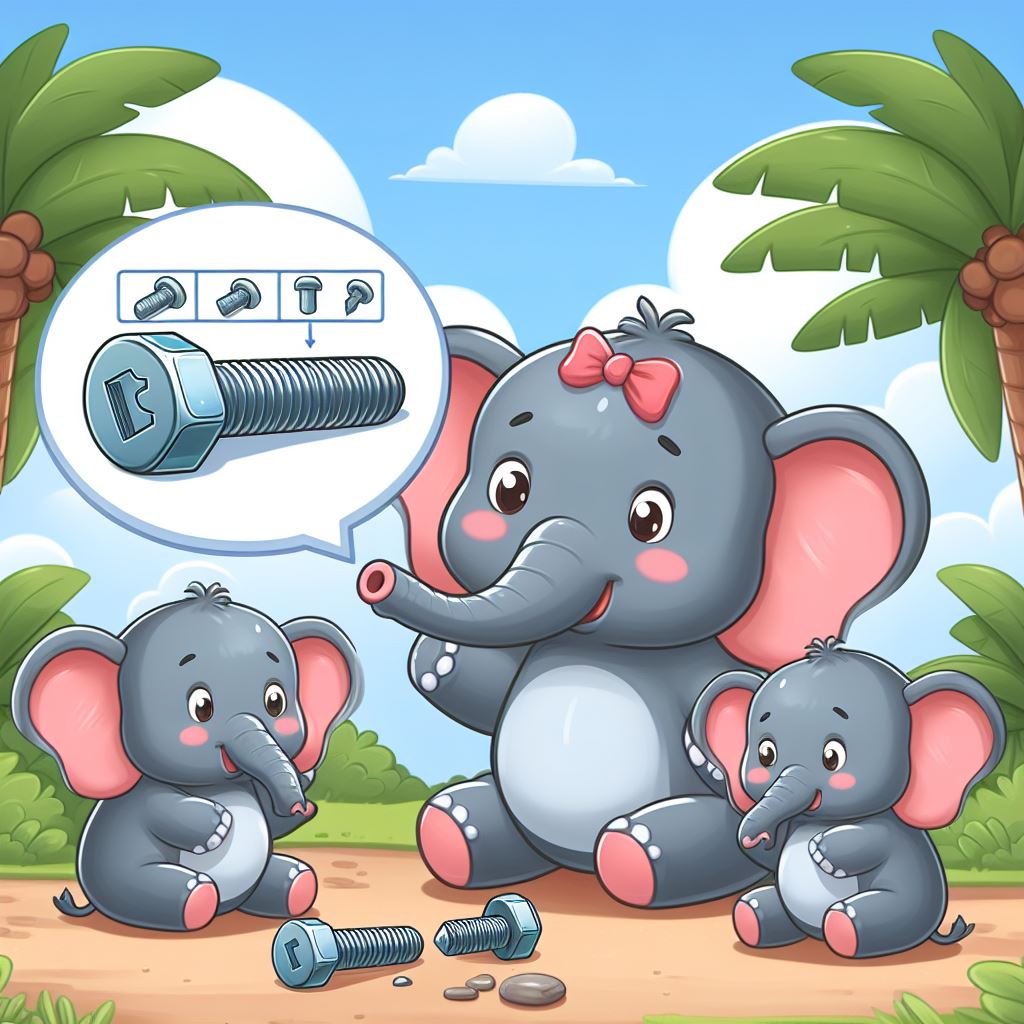How to Avoid Common Mistakes When Installing Wall Anchors?
Installing wall anchors correctly is key to securely mounting items like TVs, shelves, and mirrors. Common mistakes, such as choosing the wrong type of anchor, over-tightening screws, or failing to check for obstacles behind the wall, can lead to weak installations or damage. To ensure success, always use the right anchor for the job, drill the correct hole size, level your items, and check for hidden wires or pipes. With the right preparation and tools, you can avoid these errors and achieve a secure, long-lasting mount.
